
Home » Meet the Breed: Five Things to Know About the Eurasier

PHOTO CREDIT: Kelsey Keefe
Many breeds recognized by the AKC (American Kennel Club) enjoy popularity in US homes as loyal companions, but there are still “hidden gems” to discover in the Foundation Stock Service (FSS) and Miscellaneous Classes. One such breed is the Eurasier—unique in its own right, yet often described as a harmonious blend of the Chow Chow and a Spitz-type dog.
Medium-sized and moderate in substance, Eurasiers aren’t large dogs. Males stand between 20.5 and 23.5 inches tall at the withers and weigh between 48.5 and 66 pounds. Females measure between 19 and 22 inches and weigh 39.5 to 57 pounds. However, there’s some flexibility in these ranges.
“The ideal size for a mature Eurasier is 22 inches and 57 pounds for a male, or 20 inches and 48 pounds for a female,” explains the United States Eurasier Club. “But some variance is acceptable, as size should not be valued over breed type, so long as a sense of harmony is preserved.”
If you’re considering bringing this breed into your life, here are five key things to know before making the leap:
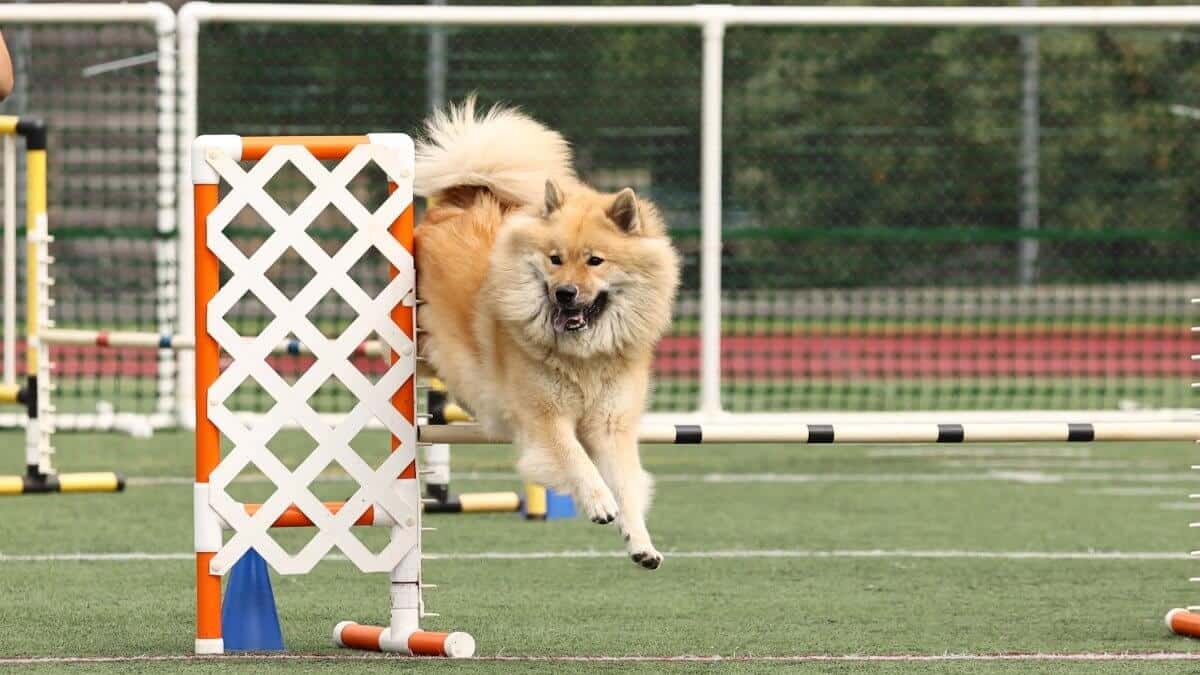
Despite their dignified presence, Eurasiers are sensitive souls. They respond best to positive reinforcement and can be adversely affected by harsh discipline or rigid training methods.
“Eurasiers sit firmly in the doggy Venn diagram between biddable companion breed and dignified spitz,” the USEC Board says. “They do not await instructions with their ears, hoping for anything more than the crinkle of a treat bag, but they are gregarious and affectionate with their families, and when allowed to play games alongside their people—in exchange for a cookie—they really do excel.”
They thrive with mentally engaging activities, but only in moderation.
“They enjoy trick training, sports, and any activity where the dog and owner are a team together,” the USEC Board adds. “They do not, however, tolerate a tremendous amount of repetition and are often single-incident learners.”
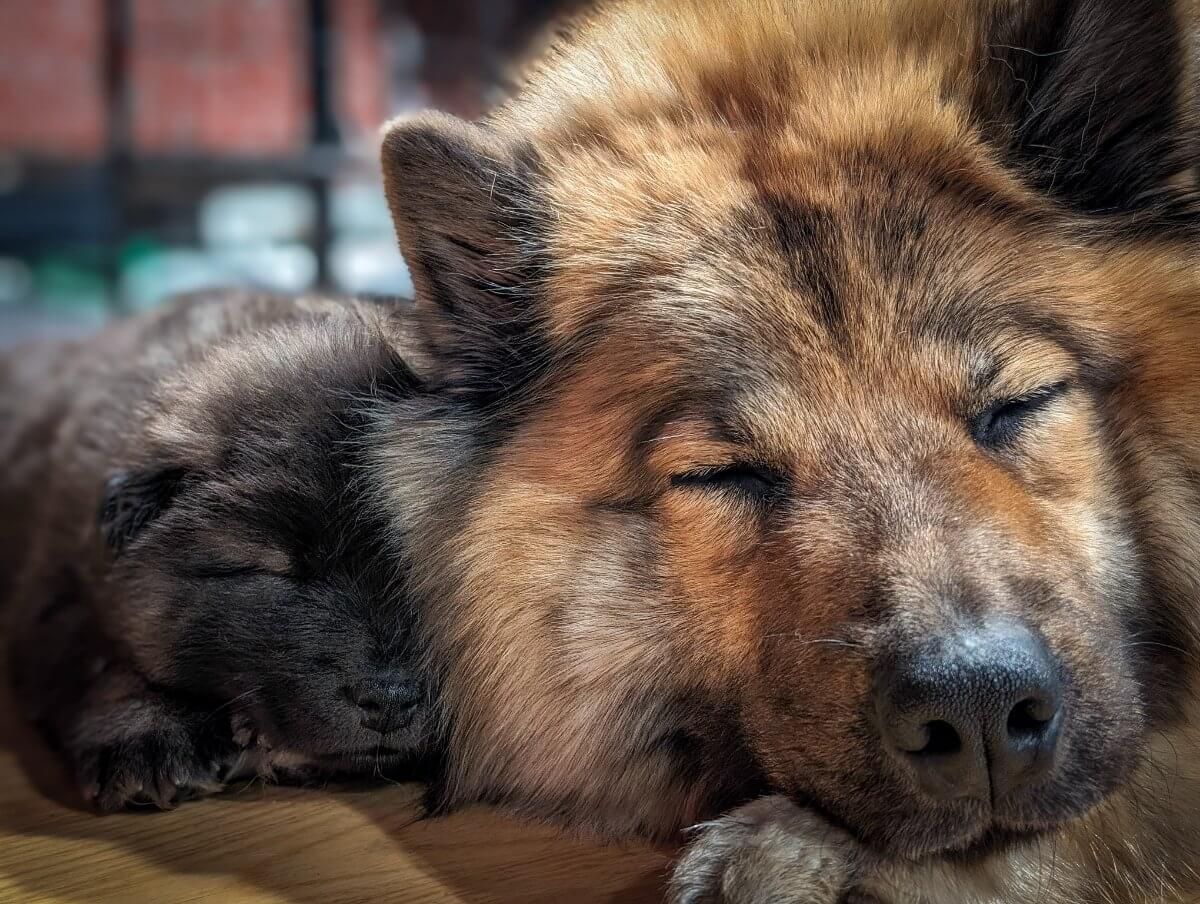
With its double coat, the Eurasier comes in a wide range of hues, including Black, Red, Wolfgray, Wolf Sable, Black and Tan, and Cream. They can also have markings like a Black Mask or Reverse Mask. Although naturally occurring within the gene pool, liver, white, or pinto/piebald-marked dogs are disqualifying faults that are neither bred for nor exhibited in Conformation.
To keep that luxurious coat in good shape, regular grooming is a must.
“The Eurasier benefits from weekly brushing, particularly the long hair on the back of their legs and their tail,” the USEC Board notes. “When shedding, the undercoat requires a good brushing out, and routine, but not frequent, baths are recommended for the care of both their hair and skin.”
Even with all that hair, their grooming needs are surprisingly manageable.
“The coat, ultimately, is a functional coat that doesn’t ask for much fuss or maintenance, and aside from occasionally cleaning up excess hair around the paw pads, there is no trimming,” the USEC Board says.
Another fun fact? Eurasiers can have purple, pink, or spotted tongues; a nod to their Chow Chow ancestry.
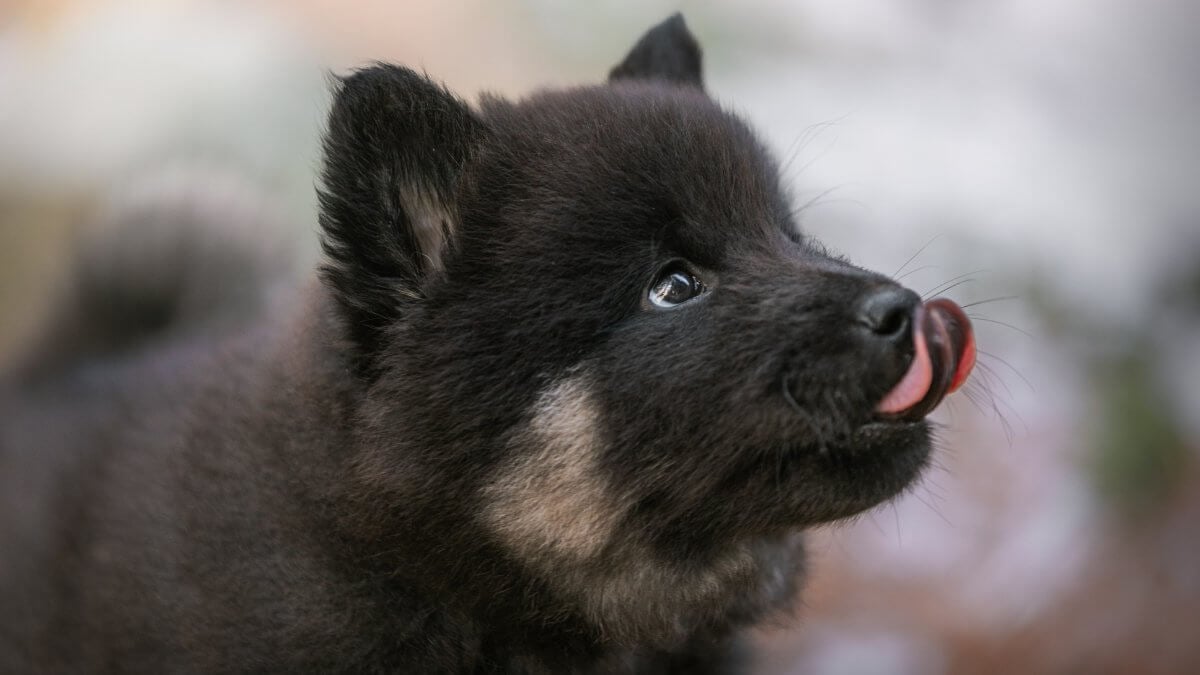
Each dog is an individual, of course, but the Eurasier has a personality that’s distinctively its own.
“The Eurasier is calm, relaxed, unobtrusive, and quiet, yet still affectionate and devoted to their family,” the USEC Board explains. “Eurasiers are reserved with strangers, but only to the point of dignified watchfulness—never fearful or overly wary. They may politely solicit affection from new people or simply stand and observe, content to watch without engaging.”
They’re typically gentle with children, and while they do have a prey drive, it’s quite mild.
“Until the 2020 revision of the FCI (Fédération Cynologique Internationale) Standard, the breed was described as having ‘no hunting instinct.’ Anyone who lives with a Eurasier knows they’ll happily chase a squirrel or rabbit just like any dog, so it was sensible to remove that line,” the USEC Board says.
But don’t expect them to go the distance like true hunting breeds.
“Unlike hunting spitz breeds, Eurasiers lack the drive to pursue game over time,” she adds. “After triumphantly chasing a squirrel up a tree, they’ll trot back, proud of their accomplishment and ready to move on.”
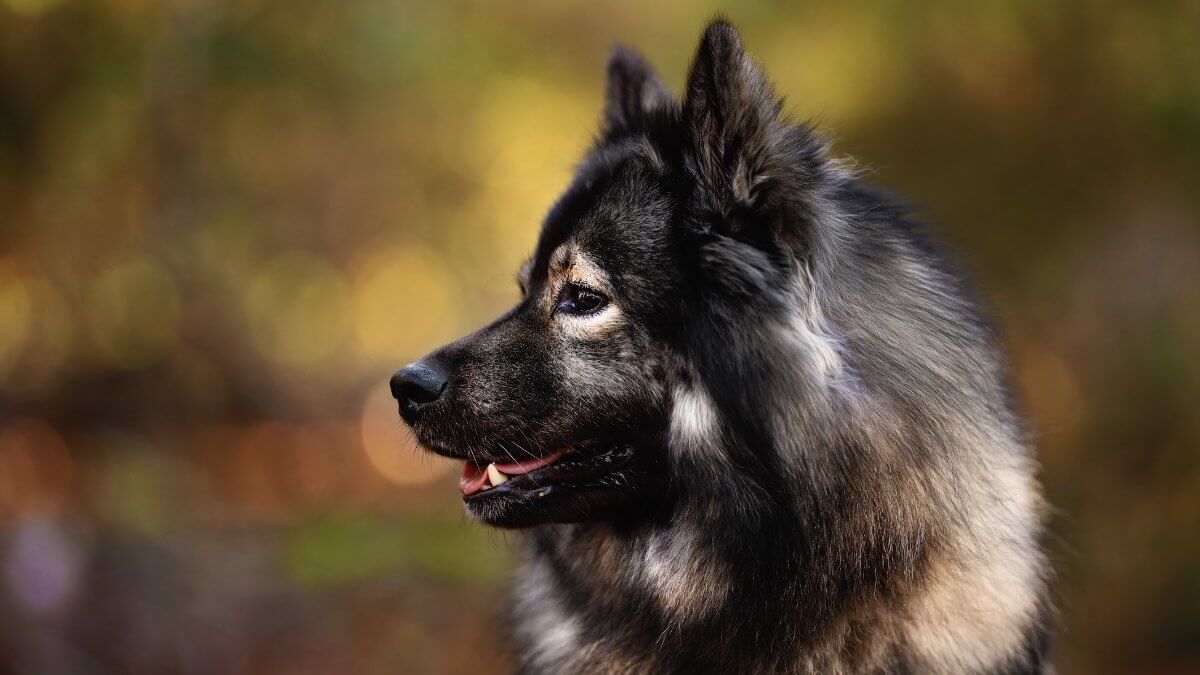
The USEC Board describes the Eurasier as a “modern” breed in every sense. The first litter was born in 1960 under the name “Wolfchow.”
“It began with breed founder Julius Wipfel’s vision for the breed. He, alongside other enthusiasts, worked on the deliberate cross-breeding of the Wolfspitz (Keeshond), Chow Chow, and later, the Samoyed to create what would become the Eurasier,” the USEC Board says.
The breed was officially recognized by the FCI in 1973.
“Wipfel wished for a dog that would show the adaptability and social behavior of the dog’s ancestor, the wolf, and a dog that would be a wonderful pet,” she adds. “This modern dog in the form of a ‘primitive-lite’ breed has proven itself to be just that.”
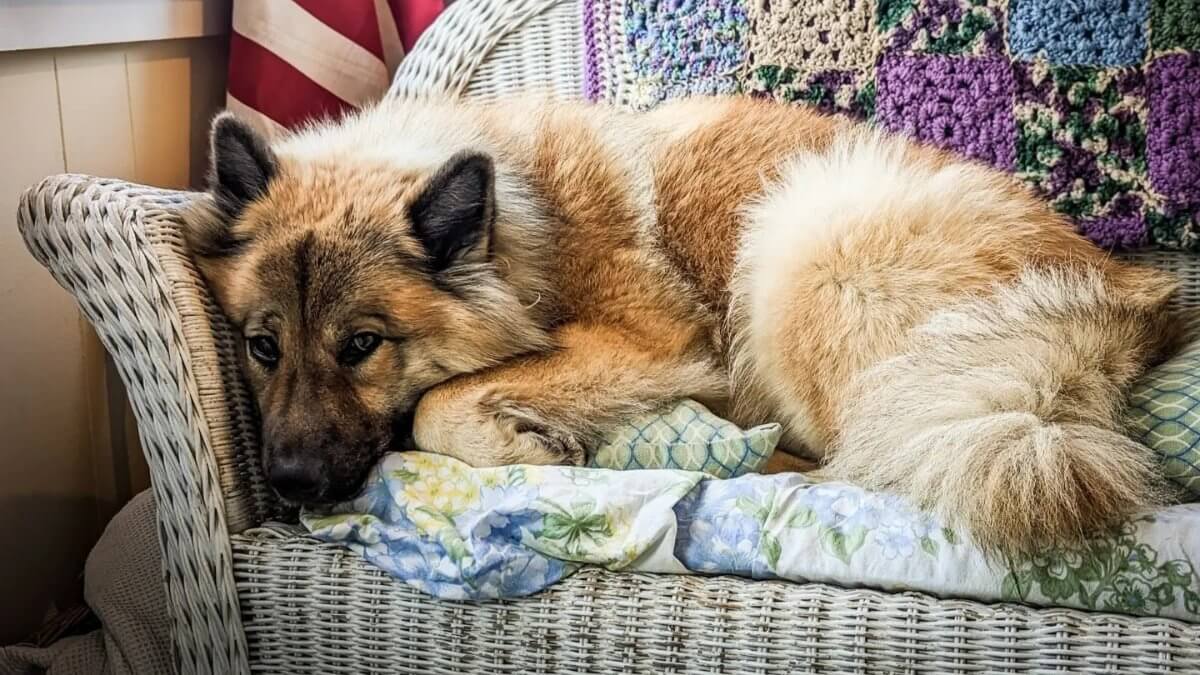
Eurasiers are generally easy to live with, particularly for those who offer close companionship and routine.
“Surveying a few owners, and acknowledging that the Eurasier thrives with close contact with their family, most Eurasier owners wake up for a neighborhood walk for half an hour to an hour as their schedules allow,” the USEC Board shares.
For those working remotely, the breed adapts well.
“If they (owners) work from home, or when schedules allow, a quick walk midday, followed by a longer walk in the evenings,” is sufficient, she says. “Some Eurasiers live in the city, some on farms and other rural environments, and many live in the suburbs. They are a bit of a cheerful and fluffy dog to enjoy bringing to patios for coffee, and adventures in the woods for weekend hikes.”
And when life gets busy, you won’t come home to a destroyed living room.
“All dogs require exercise, but the Eurasier generally won’t be ruining your house if they take a day or two off,” the USEC Board concludes. “But as with all medium to large-sized dogs, they need healthy exercise to keep their bodies in good condition.”
